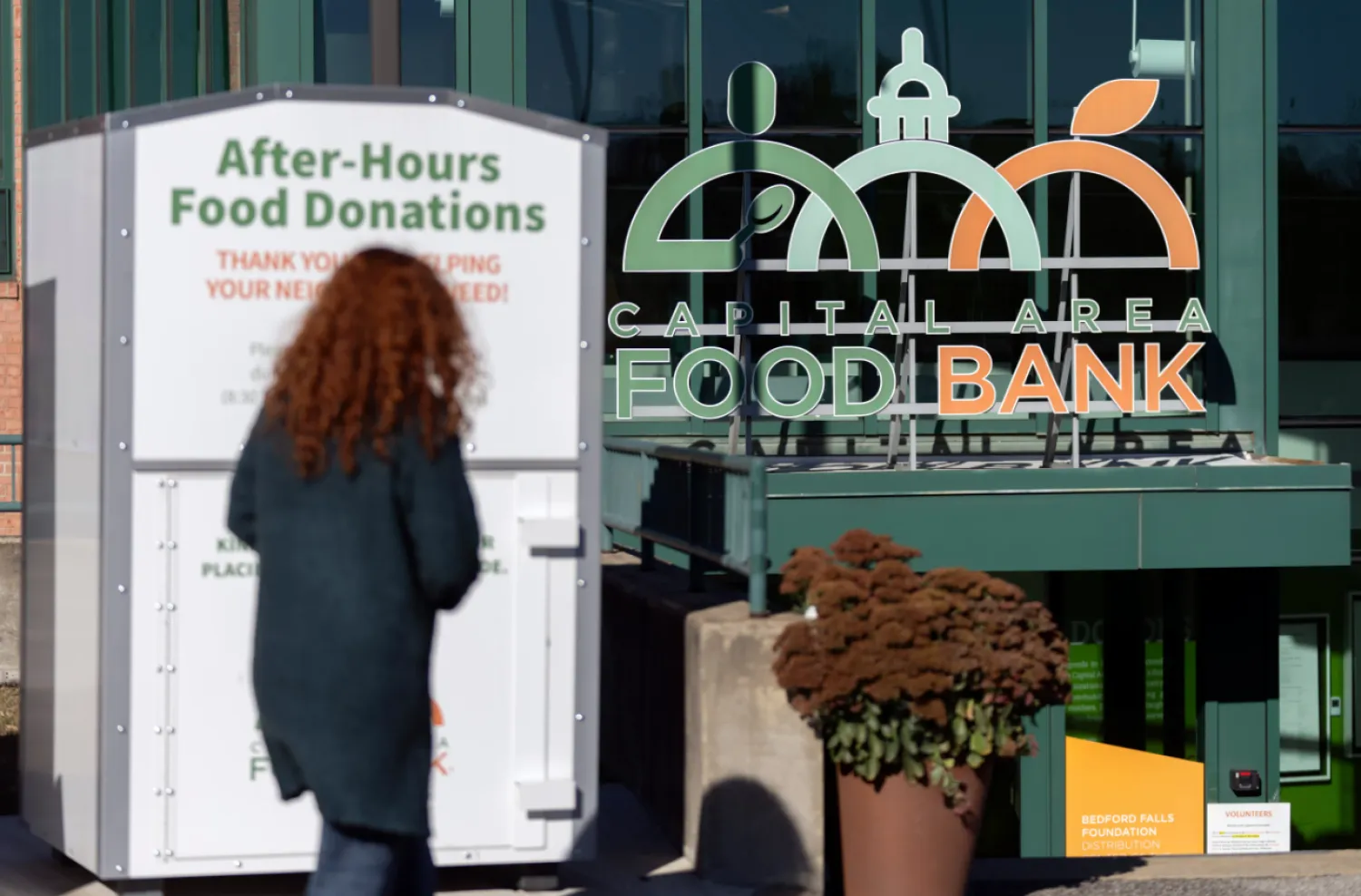Record-breaking government shutdown enters Day 40
- The United States Senate advanced a funding bill Sunday aimed at ending the shutdown, after weeks of deadlock.
- The bill authorises funding until 30 January 2026 and would reinstate pay for many federal workers—but leaves out healthcare subsidy extensions demanded by Democrats.
- Meanwhile, federal workers are unpaid, many are turning to food banks, and parts of the federal government remain non-functional.
- The shutdown is impacting air travel severely: The Federal Aviation Administration (FAA) says staffing shortages are delaying/cancelling flights nationwide.
Why it matters:
The shutdown affects core government operations (benefits, transport, services) and is eroding public confidence. The legislative compromise could bring relief, but missing major demands (like healthcare subsidies) mean further conflict may follow.
What to watch:
Whether the House passes the Senate’s version, whether the President signs it, and how quickly federal services resume normal operations.
2. Food aid program – a legal and political tug-of-war



6
- The Supreme Court of the United States granted an emergency appeal by the Donald Trump administration to temporarily block a court order requiring full payments under the Supplemental Nutrition Assistance Program (SNAP) during the shutdown.
- The administration is now “demanding states undo” the full payments already issued under the court order.
- Some states moved ahead to issue full benefits, others face confusion and delays—in the midst of the longer-shutdown effects.
Why it matters:
SNAP supports millions of low-income households. The legal uncertainty means many people face severe food insecurity just when federal services are already disrupted. The case also highlights the interplay between courts, states and federal policy in times of budget gridlock.






